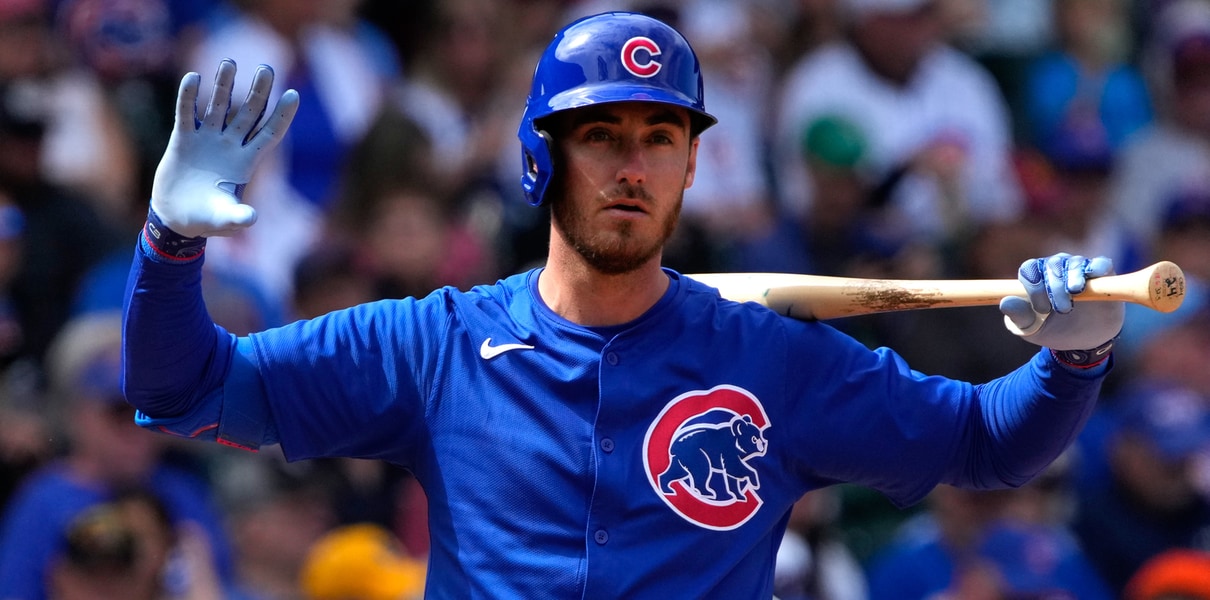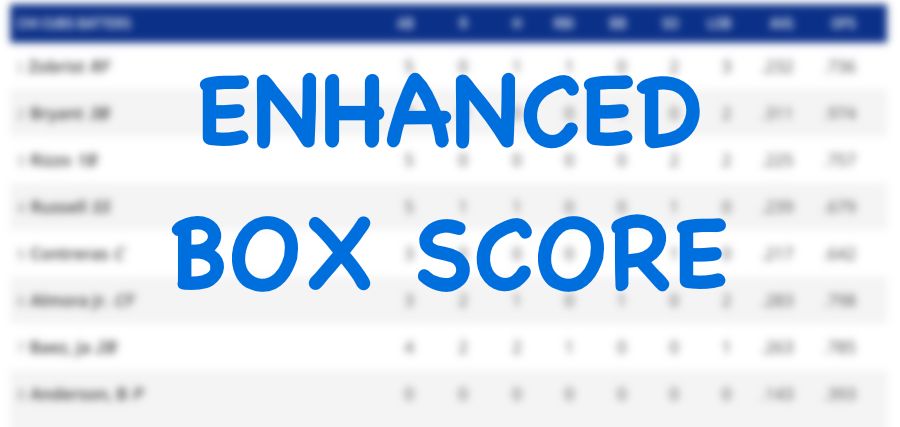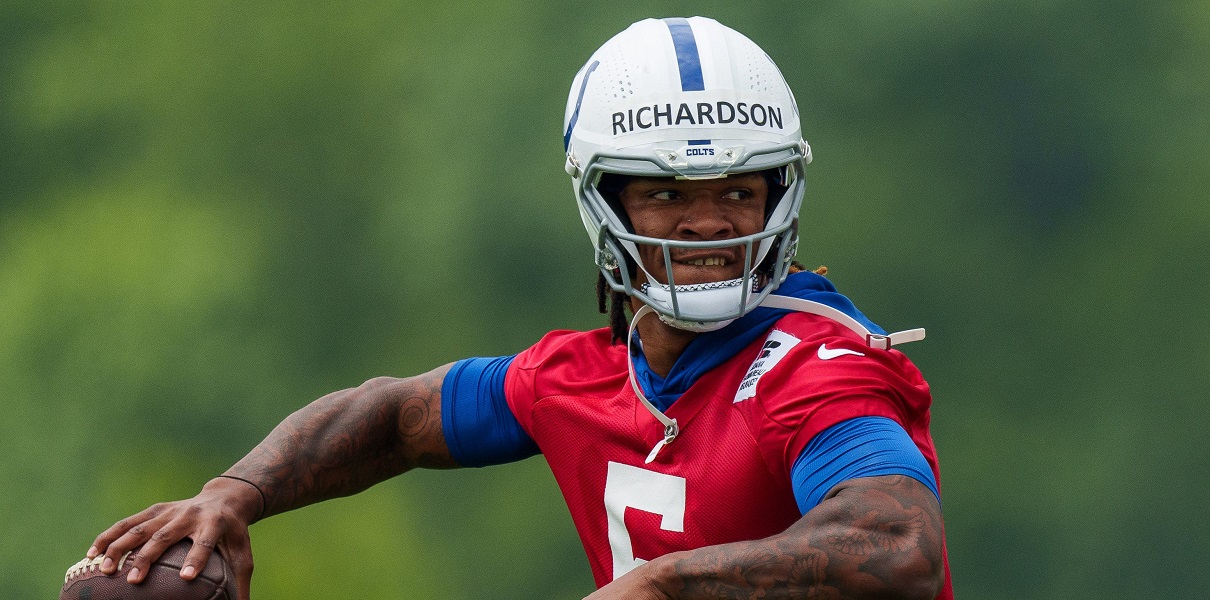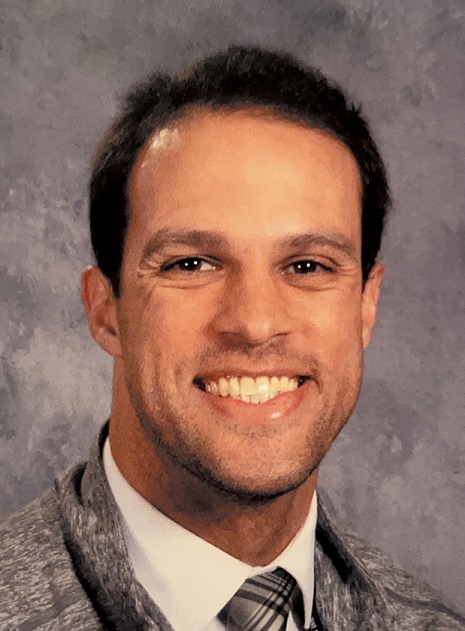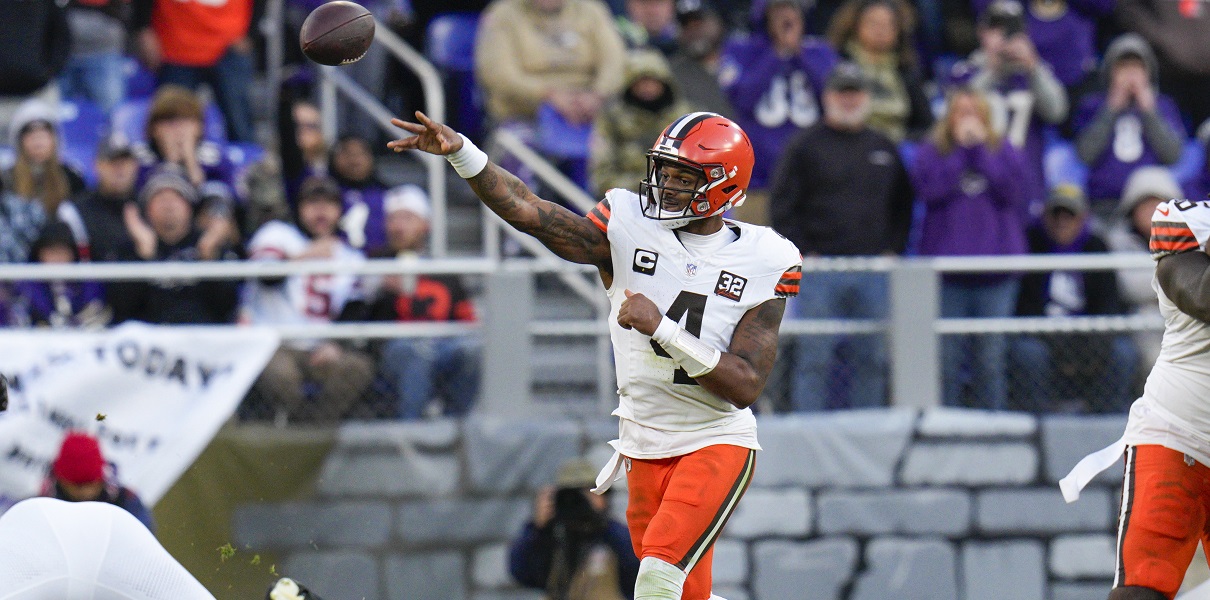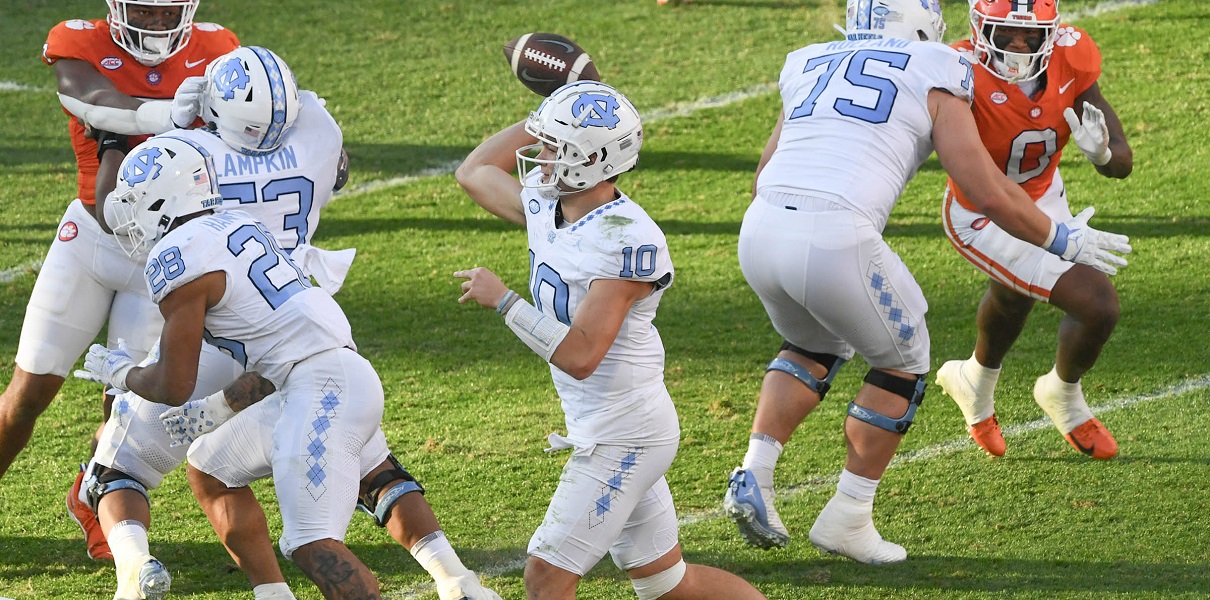Sign-stealing has been a significant story around baseball for several years now, from the video scandal in Houston to the Apple Watch in Boston to reducing the number of permissible mound visits to intentional balks to general frustration about the plodding pace of play with runners on base.
To that end, ways to end the traditional catcher-puts-some-fingers-down approach to pitch-calling have been discussed almost as widely for those same years. The primary option we’ve heard about, going on three years now, is some kind of electronic device on a pitcher’s wrist, which signals the pitch call to him digitally. It’s been a mostly theoretical thing … until now.
This weekend, Vanderbilt, one of the pre-eminent college baseball programs in the country, actually started using a pitch-signaling device:
Here’s some explanation on Vanderbilt’s new electronic pitch calling bands from today’s SEC Network+ broadcast:
-All 9 players wear one
-Pitchers weren’t allowed to wear them before this season
-Vandy’s catchers do not give the pitcher any signs
-Goal is to enhance pace of play pic.twitter.com/O6tbJtqqIO— Max Herz (@MaxHerzTalks) February 20, 2022
Broadcaster Max Herz went on to explain, via On3.com: “This was the first year it’s been legal for a college pitcher to wear something like that …. Scott Brown, the Vanderbilt pitching coach, is punching numbers into a controller he has, and all nine Vanderbilt players on the field have one. They all see the same thing. That tells the pitcher what type of pitch to throw, and where or how to throw it.”
Interesting that the field players can have the devices, too, so they will also have a sense of what pitches are coming (if they couldn’t previously see the catcher’s fingers clearly). You can imagine a world where they might adjust their positioning in subtle ways – as the pitch is delivered, unless they want to tip! – in response to knowing what and where a pitch is coming.
While you would normally see MLB want to implement something like this in an independent partner league, and/or in the affiliated minor leagues before considering it at the big league level, they have instead already been experimenting with these devices directly (though obviously not in big league games):
MLB has been testing something similar. They used in side sessions in the Fall League and bullpen sessions during spring training to get feedback from veteran players https://t.co/dzMFc4L0Ai
— Mike Ferrin (@Mike_Ferrin) February 20, 2022
I would suspect this is the kind of thing that would need to be working without any flaws before you’d get too many teams or pitchers/catchers on board. I also don’t quite know how well it would work in situations where you want the catcher, not a coach, to be calling pitches (sometimes the catcher has the best sense of what is working for a pitcher that day, what in-game adjustments to the game plan are necessary, what should happen next in a given at bat, etc.). I figure you could probably make a device for the catcher to call pitches, but then you have the risk of the batter just looking down and stealing those signs, too. Heh.
Anyway, the idea of a device has been discussed for a long time, and now, for the first time, it’s actually been implemented in a high-level competitive game. I doubt this is the last we’ll see of it, and it seems likely that, down the road, the way pitches are called in MLB will change. Somehow. There’s just too much unnecessary dead time that could be cut out by technology. Might as well figure out how to take advantage.







